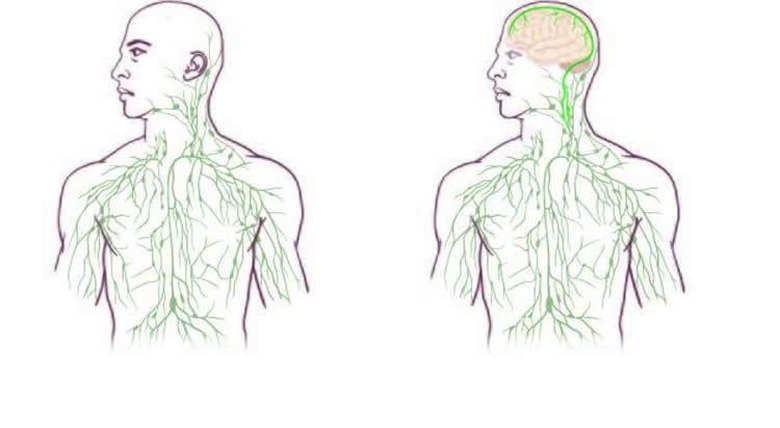Major Medicine Discovery Changes Everything We Thought We Knew About The Brain
Anatomy and other medicine books will have to be rewritten in order to take into account a major new discovery that could significantly influence therapies for various neurological diseases, including Alzheimer's, autism, multiple sclerosis, and others.
DON'T MISS: 'Moron' terrorist takes a selfie in front of ISIS headquarters, Air Force bombs it 22 hours later
For years, it was believed that the brain doesn't have immune vessels of its own, but researchers at the University of Virginia School of Medicine have found that's not the case in a discovery that's likely to change medicine, Neuroscience News reports.
"Instead of asking, 'How do we study the immune response of the brain?' 'Why do multiple sclerosis patients have the immune attacks?' now we can approach this mechanistically. Because the brain is like every other tissue connected to the peripheral immune system through meningeal lymphatic vessels," Jonathan Kipnis, PhD, professor in the UVA Department of Neuroscience professor and director of UVA's Center for Brain Immunology and Glia (BIG) Jonathan Kipnis said. "It changes entirely the way we perceive the neuro-immune interaction. We always perceived it before as something esoteric that can't be studied. But now we can ask mechanistic questions."
"We believe that for every neurological disease that has an immune component to it, these vessels may play a major role," Kipnis added. "Hard to imagine that these vessels would not be involved in a [neurological] disease with an immune component."
Apparently, the lymphatic vessels of the brain are very well hidden, and that's why they escaped detection for so many years. The lymphatic system of the brain follows a major blood vessel down into the sinuses, making them difficult to image. "It's so close to the blood vessel, you just miss it," he said. "If you don't know what you're after, you just miss it."
The vessels were initially detected on a mouse's brain, after one researcher developed a method of mounting the meninges that cover the brain on a single slide so they can be examined at once.
"The first time these guys showed me the basic result, I just said one sentence: 'They'll have to change the textbooks," chairman of the UVA Department of Neuroscience Kevin Lee, PhD, said.
More details about this remarkable discovery are available at the source link.
